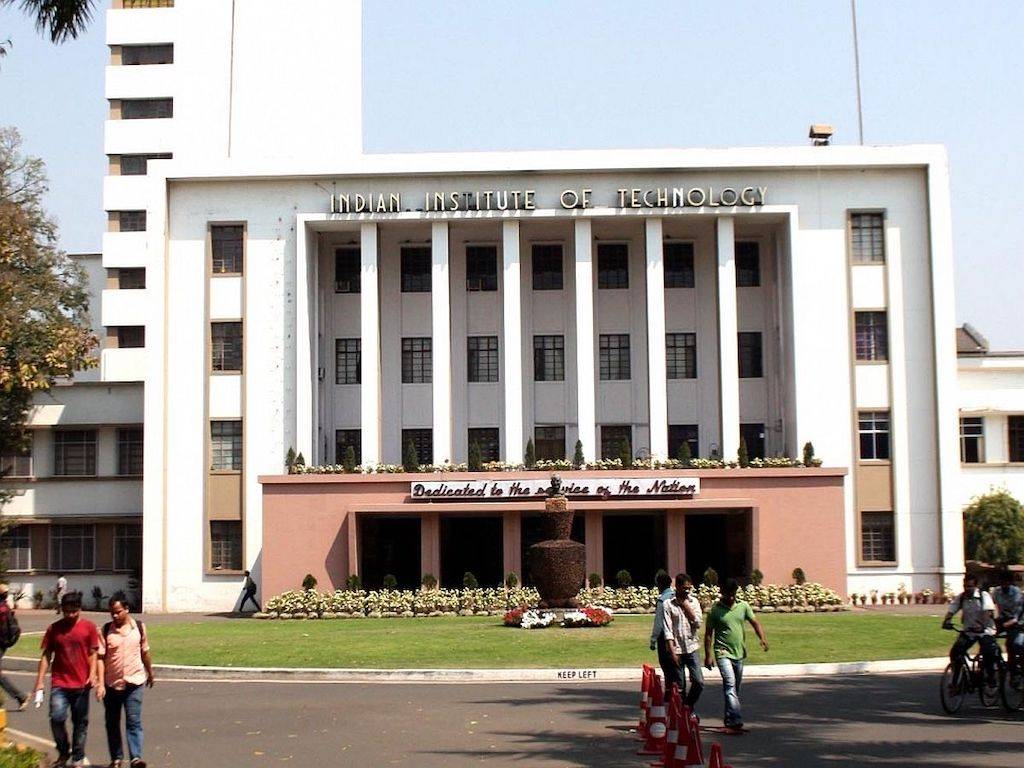
Research teams at Kharagpur's Indian Institute of Technology (IIT) have created energy-efficient pest control systems owned by marginal and small farmers for smaller farming tracts.
A press release issued on Tuesday said that the research team has built a self propulsing boom-like sprayer, capable of being powered with solar energy while safely directing the crops in smaller fields. The system aims to improve the capability and standardisation of the area in liquid spray and also to reduce the pilot's daily grind and renewable energy reliance for spraying in the cultivated areas.
"This seems to be an open invitation to the technological institutions in the country to provide services in the area of precision agrarian innovations. In the IIT framework, IIT Kharagpur has the sole differentiation of having an Agricultural and Food Engineering Department. Therefore it is our primary duty to respond to this call," said Virendra K Tewari, Director of IIT Kharagpur. The semi-robotized gadget, created by Anup Behera, Hifjur Raheman, Rahul K and P.B.S. Bhadoria from the dept. of agricultural and food engineering at IIT Kharagpur, will address a few difficulties of automated pest control frameworks in the small farm category. The machine involves a propelling unit mounted with a liquid storage tank and a pump powered by a DC motor to pressurise the liquid to be dispersed. On a boom fixed towards the front of the rig, several numbers of spray nozzles are installed to reach larger widths at a point.
Avoidance of pests and sicknesses during various development phases of harvests is a significant cycle to expand its yield. For bigger plots of farmlands, sprayers mounted onto tractors are utilized, while physically worked backpack sprayer is utilized for more modest parcels. This affects the proficiency of spraying as it relies upon the ability of the administrator prompting non-consistency in spraying. It likewise requires immense labour power and activity time. Utilizing sprayers mounted onto tractors in more modest plots then again would make the harvests inclined to harms because of their higher turning range. Additionally, it prompts the wastage of chemical substances because of lower control on robotized spraying notwithstanding the environmental contamination because of the smoke discharges from the tractor.
A collection of rechargeable solar batteries go about as the power supply of the DC engine to push the spraying module just as for operating the pump. In contrast to a backpack sprayer, the liquid storage tank is of greater limit and it is carried on a sun controlled three-wheeler trolley. An administrator is needed to monitor the movement of the spraying module. A basic package has been given to adjust the position of the spray unit or the sprayer height from the ground in order to perform showering for various statures of harvests. Solar panels are placed on top of the unit to give nonstop power supply during activity through the Maximum Power Point Tracker regulator and it additionally gives shade to the administrator during spraying operation.
"The created sprayer has a higher field limit and greater consistency of spraying with less monotony to the administrator when contrasted with ordinary rucksack sprayers. It tends to be handily worked in the field utilizing sun powered energy with a most extreme speed of 2 km per hour and can cover a width of 1.5 meters all at once with a field effectiveness of 81percent and in this way saving time, human association and chemical substances," said Raheman. The IIT researchers have recorded a patent for the item and the item is prepared for commercialization.
"We have built up a few such innovations including micro-water systems, shade net agriculture and food production at the branch of agricultural and food engineering which are being used in different regions around the 23 districts of the state of West Bengal and other Eastern Indian states including nearly 20,000 farmers. Such advancements engage every individual of the cultivating local area walking the course towards Atmanirbhar Bharat," added Tewari.

















